Forgotten War Group Build – night-fighting F4U-5N Corsairs
The F4U-5 was the ultimate Navy development of the Corsair series as a fleet defense fighter. The first prototype took to the skies December 21, 1945. It differed from previous Corsairs by having an even longer nose, a raised cockpit, and all-metal wings. Powered by a Pratt and Whitney R-2800-32W providing 2,450 h.p., the F4U-5 was the fastest piston-engine aircraft to ever operate from a USN aircraft carrier: 462 mph at 31,400 ft. Armament was upgraded from .50 caliber machine guns to four 20mm cannon as standard, with provision for two 1,000 lb. bombs and 8 5-inch HVARs. Of a total 568 F4U-5Ns produced between 1946-49, 223 were F4U-5, 214 were F4U-5N, 101 were winterized F4U-5NL, and 30 were F4U-5P photo recon aircraft.
The F4U-5N radar-equipped night fighter first went to war with VMF(aw)-513, "The Flying Nightmares," in 1950. The aircraft first provided night close air support for the First Marine Division during the breakout from the Chosin Reservoir in November-December 1950. Following the ejection of U.N. forces from North Korea by the Chinese, the Corsairs operated in the night intruder role, attacking North Korean and Chinese truck convoys and supply trains.
The F4U-5N also served with the Navy's Composite Squadron 3 (VC-3), the Pacific Fleet night defense squadron, equipping four-plane night and all-weather fleet defense detachments aboard the carriers of Task Force 77.
Throughout the Korean War, the North Korean People's Air Fore managed to be a thorn in the side of the U.S. Air Force with nighttime nuisance raids mounted by Po-2 and Yak-11 light aircraft. The airplanes were wood and fabric, making them very difficult to pick up on radar. One Po-2 inflicted more damage on the USAF than the rest of the NKPAF combined when it bombed Kimpo air base in the Spring of 1952, destroying six F-86 Sabres and damaging ten others. On June 16, 1953, the new Yak-18s being used by the NKPAF had their most successful night when two of them destroyed 5 million gallons of fuel in a dump in Inchon. The mighty Air Force was forced to ask the Navy for assistance.
LT Guy P. "Lucky Pierre" Bordelon, USN, was the commanding officer of VC-3 Detachment D, aboard the USS "Princeton" when the call for help came on June 17, 1953. Bordelon took two of the detachment's F4U-5N Corsairs to Kimpo, including BuNo 124453, his personal aircraft with the assignment of hunting the Bedcheck Charlies. Between June 29 and July 17, 1953, Bordelon shot down four Yak-18s and one Yak-11 over Seoul. It was the greatest success by one pilot against the North Korean raiders, making Bordelon the only U.S. Navy ace of the Korean war, as well as the only "all-prop" ace. Bordelon returned to the "Princeton," leaving 124453 at Kimpo to be flown by an Air Force pilot if there were any more raids. The Air Force pilot immediately totalled the Corsair in a daytime crash, due to unfamiliarity with "Old Hose Nose."
Lieutenant Don Shelton, one of the "original pioneers" of 24/7 night/all-weather naval aviation, served as Senior Division Leader of the VC-3 detachment aboard USS Princeton (CV-37) during her epic deployment through the Chinese Intervention in the fall of 1950 through to the battles of spring and early summer1951 that finally stabilized the front lines where they are today along the 38th Parallel. One one night mission, Shelton spotted a train heading toward a tunnel, and was able to stop it with a well-aimed rocket. His two 1,000-pound bombs hit it dead center. "It turned out to be an ammo train," as he recalled, "and the explosion flipped me on my back 1,000 feet over the mountains at night, and was so big they saw it aboard Princeton, 100 miles off the coast." On another mission, he suffered an engine failure, and was only able to maintain a bit more than idle power. "Fortunately I was ten miles from the carrier. I hadn't worn my poopy suit, so I was coming on board regardless." The LSO was informed the Corsair was coming in "dead stick" in the moonless night. "I got set up and maintained a 'Roger pass' right to the cut and caught the three wire."
VMF(aw)-513 "Flying Nightmares" operated 15 F4U-5Ns for night interdiction throughout the war. The squadron also operated 12 F7F-3N Tigercats, and was considered the most effective night attack squadron in the Korean War, with a bigger haul of trucks and other vehicles and trains than any Air Force night unit.
The kit is the Hasegawa F4U-5N, and each of the three is done with decals from the now long OOP Victory Productions Decals sheet. I did Bordelon's airplane and the "Flying Nightmare" when the sheet came out back in 2003, and the model of my friend Admiral Don Shelton's airplane (he's 99 years old, the last of the "original pioneers" and as he puts it, "the lights are still burning 100 watts") this past fall as part of the Forgotten War Group Build, where you can see in-progress shots of the model. Once the virus is conquered and it's safe to visit, I'll give the model to Admiral Shelton.
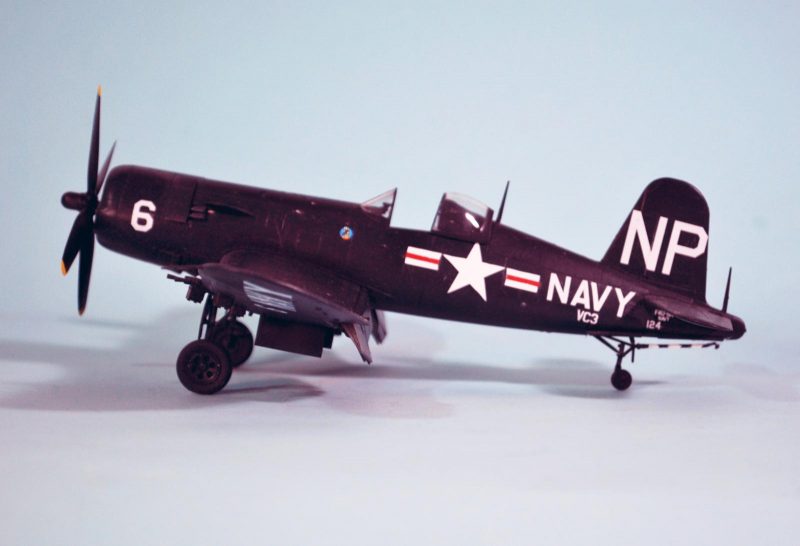
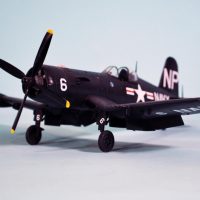
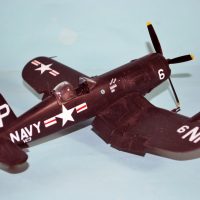
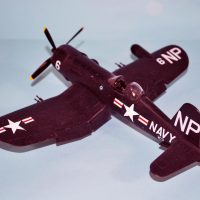
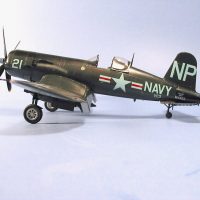
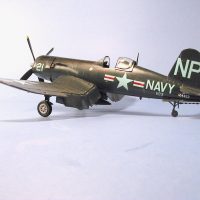
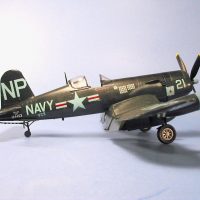
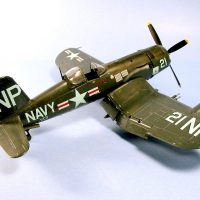

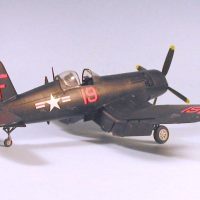
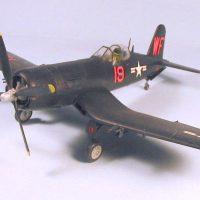
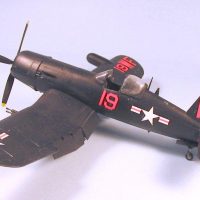
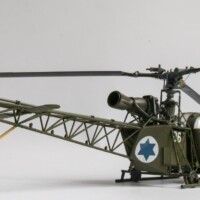
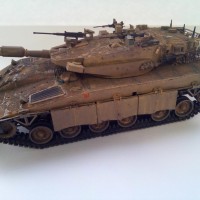
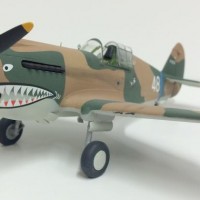
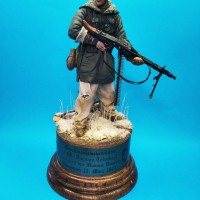
Nice selection of Corsairs, Tom @tcinla.
Supporting stories were a mini joy to read. I was amazed on the damage Po-2 and Yak-18 achieved.
Beautiful F4U's, Tom.
Thanks for the reading material.
Mighty fine looking trio Tom and thanks for the read. I know the Admiral will approve!
Nice pair of Corsairs, great narrative too.
Looks great!